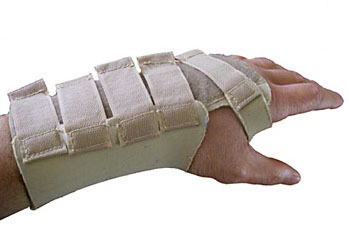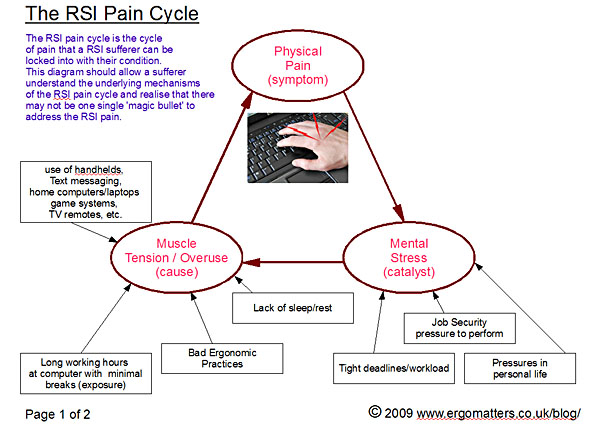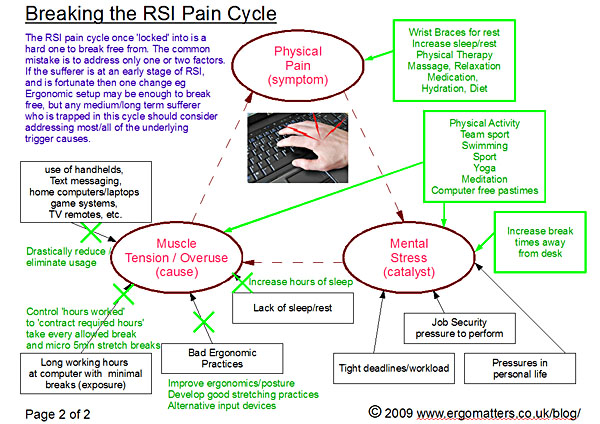 A good few years ago, whilst visiting a Biofeedback practitioner (in the US), before they got a chance to attach electrodes onto my shoulders arms etc and do the technical task that is part of biofeedback, they did a talk through to find out my background, and observe what stresses may be involved in my life. It was part of a holistic approach to dealing with RSI before the technical measurements.
A good few years ago, whilst visiting a Biofeedback practitioner (in the US), before they got a chance to attach electrodes onto my shoulders arms etc and do the technical task that is part of biofeedback, they did a talk through to find out my background, and observe what stresses may be involved in my life. It was part of a holistic approach to dealing with RSI before the technical measurements.
One question they asked that has stuck in my mind to this day was, “When was the last time you listened to music?”, to which I replied well, “In the car driving here”. Their response was, “No, when was the last time you listened to music just to enjoy the music, not as part of something else?”. I really had to rack my brain to think that one through. I couldn’t remember. Not for many years and probably when I was a lot younger, had a lot more time on my hands and a lot less to worry about – probably in my teens! I had to be honest and say, “I really don’t remember”.
The lesson she was trying to impart was that we rarely take the time in life any more to just enjoy simple things that once were a source of relaxation. Music should have been there to enjoy and relax to on its own. By then my life was so busy that music had been demoted to something less.
It may be a part of the reason we hanker after music during our childhood to teen years. Back then, we had more time to listen to music with fewer worries and distractions in our lives. Not only that, but we spent time listening to whole albums from start to finish (which back in my day were on vinyl) and playing them to death whilst memorising the lyrics. This changed in my busier twenties, demoting music to be something listened to when I was driving about, at my desk whilst working or when I went for a workout at the gym. It just wasn’t something I had time for any more on it’s own, yet it was still an important part of my life, just not for relaxing to. In other words I always added something else into the mix with music without obtaining any of the mental relaxation that could be found from listening to an entire album and doing nothing else.
Move forward a couple of decades, and we find ourselves in a completely different situation. The invention of home computers, MP3 files and players have completely revolutionised music and the way we listen to it. We now have thousands of files on our players that are very easily mixed and are frequently listened to in random order, which can be great, and really allows you to find stuff in your collection that you’d forgotten about. However it has led to being spoiled for choice, and we tend to flick through music tracks at the push of a button, not listening to albums in the way they were intended to be appreciated. Many artists spend a lot of time sequencing an album into a specific order which ‘flows’ or tells a story, and is really part of the overall experience of that music. This sequencing is more often than not completely wasted with shuffle plays of MP3 players, and really adds to the sense that music is just a cheap commodity in our already over commoditised life.
If we spent a dedicated hour a day to do nothing but listen to a favourite album the way it was intended to be listened to and for no other reason but to enjoy that album, we’d find that the music does a wonderful thing and takes us to a different place, where we can lose our worries and stresses for an hour and start to relax again, just as we did when we were younger. It may also help us to de-stress and unwind from tension induced conditions such as RSI.
So when was the last time that you really listened to music?
Rate this post! [ratings]

 I’ve been through a fair share of wrist braces in my time with RSI. Wrist braces are often the first item you will obtain after seeing a physical therapist about an RSI condition. They can be a lot of help to a RSI sufferer, but have to be used correctly, comfortably, and should not be used if they worsen your RSI symptoms.
I’ve been through a fair share of wrist braces in my time with RSI. Wrist braces are often the first item you will obtain after seeing a physical therapist about an RSI condition. They can be a lot of help to a RSI sufferer, but have to be used correctly, comfortably, and should not be used if they worsen your RSI symptoms.
